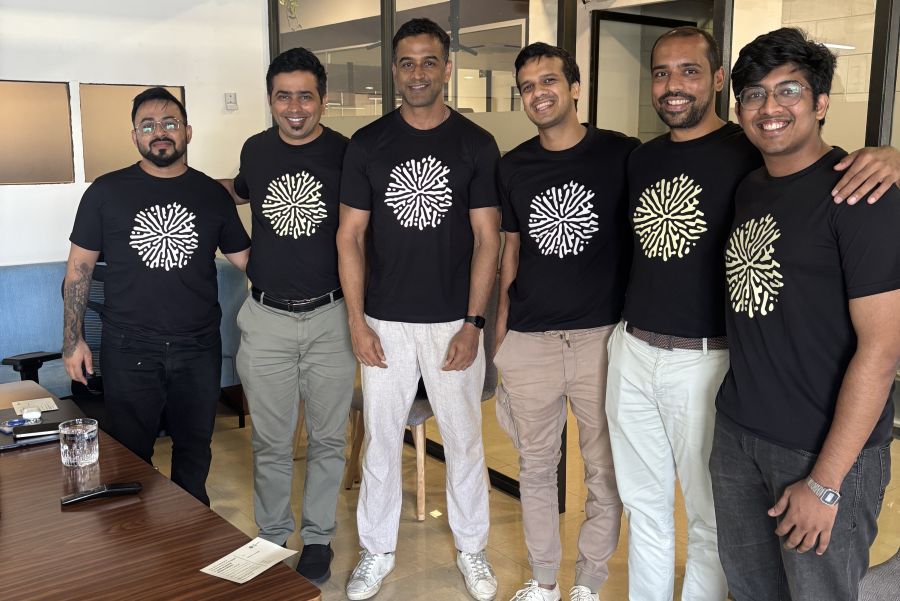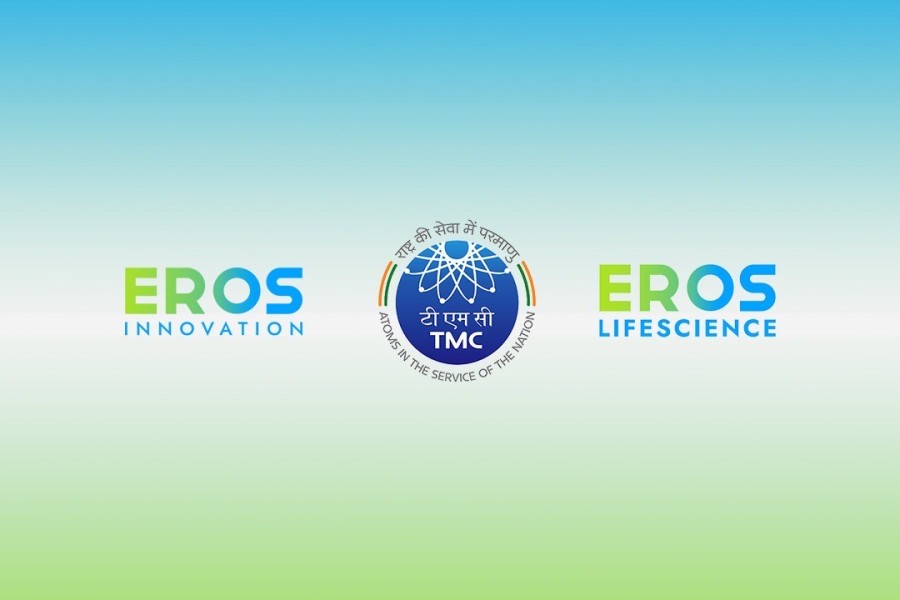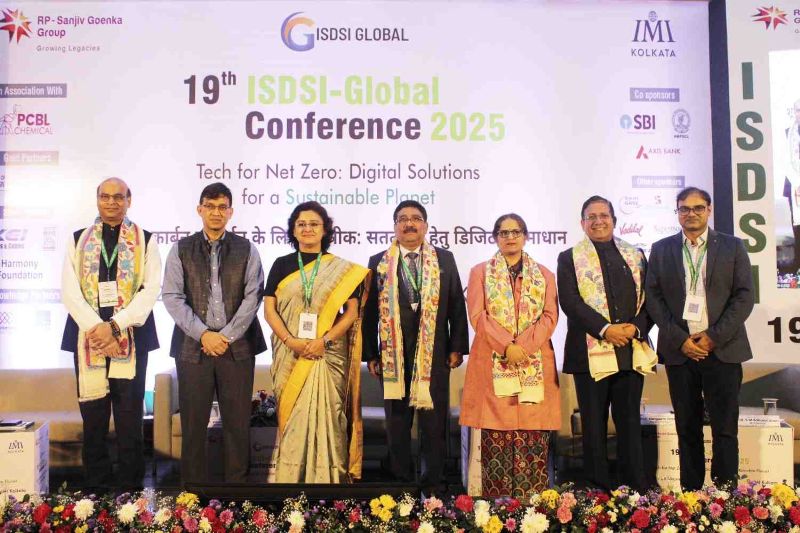Mumbai, June 11, 2024: Schneider Electric has launched a cutting-edge software technology for life sciences segment that aims to accelerate the efficiency and decarbonization of the pharmaceutical sector by facilitating the transition to Pharma 4.0.
By harnessing digital technologies, EcoStruxure for Life Sciences promises to reduce up to 70% of carbon emissions by leveraging universal automation to develop smart facilities, manufacturing, supply chains, and sustainability. The IoT-enabled solution is designed to drive water conservation, implement process electrification, foster sustainability by design, utilize green electricity, reduce Scope 1, 2, & 3 emissions, and promote circularity.
Speaking at the launch, Arvind Kakru, Vice President – Industrial Automation, Schneider Electric India, said, “Schneider Electric's EcoStruxure for Life Sciences presents an excellent opportunity for the pharmaceutical sector to collaborate in achieving the country's climate goals by embracing Pharma 4.0. Our pioneering solutions will empower our customers and partners to embrace sustainability. The launch of our EcoStruxure solutions underscores our dedication to engaging with key stakeholders in the pharma industry and guiding them towards the future of Pharma in India.”
The pharmaceutical industry faces mounting pressure to adopt sustainable practices and minimize its environmental footprint. EcoStruxure for Life Sciences aims to enable pharmaceutical production and biotech facilities to become future-ready by integrating sustainability, resilience, and agility into their operations, accelerating the transition to Pharma 4.0.
To achieve sustainability in life science, Schneider Electric focuses on several key pillars. The first pillar is water conservation, which involves leveraging real-time water tracking to monitor water usage with precision and linking water quality risks directly to operational and governance strategies. Additionally, the company introduces on-site water treatment capabilities and innovative VOC recovery methods to contribute to environmental responsibility and regulatory compliance.
Another key pillar is process electrification, which empowers businesses to adopt electrification and drive towards a greener and more efficient future. This involves optimizing energy distribution, ensuring seamless integration of renewables, and managing microgrids. By embracing electrification, life science companies can reduce their environmental impact and improve their operational efficiency.
The third pillar is sustainability by design, which involves embedding sustainability across every step of the design process. This includes optimizing processes to streamline operations, increase efficiency, and reduce waste. By integrating sustainability into the design process, life science companies can reduce their environmental footprint and improve their overall performance.
Schneider Electric also assists the pharmaceutical sector in sourcing green electricity through renewables, power purchase agreements (PPAs), and minimizing offsets. This helps spearhead sustainability across the value chain and supports the sector's transition to a more environmentally friendly future.
To reduce its Scope 1 and Scope 2 emissions, the life science sector can leverage consulting solutions covering decarbonization and energy strategy, energy management solutions, carbon capture technology, green hydrogen solutions, and integrated power and process solutions. These solutions help companies reduce their greenhouse gas emissions and transition to a more sustainable future.
The company also promotes circularity by collaborating closely with upstream suppliers and partners to ensure the sourcing of 100% circular materials and ingredients. This involves managing waste efficiently and reducing the environmental impact of the life science sector.
To reduce its Scope 3 emissions, Schneider Electric recommends deploying best practices by leveraging data, tracking carbon emissions throughout the portfolio, and identifying priority areas for continuous improvement. This includes leveraging low-carbon design standards for major projects, implementing supply-side management, harnessing digital tools and digital twin technologies, and promoting green certificates.
The AVEVA PI System is an industry-leading data management solution that collects and stores data from any location and source. It offers deeper operational insight, faster analysis of critical data, and expanded visibility of remote assets and IIoT sensors, helping life science facilities operate more efficiently and sustainably.
Schneider Electric also provides collaborative robots (cobots) designed to work alongside human operators to enhance efficiency, safety, and productivity in life science applications. Cobots can perform tasks such as lab automation, sample handling, and packaging with precision and reliability. They are ideal for protecting sterile environments from contamination and can complete repetitive tasks with low error once programmed.








.jpg)







.jpg)




